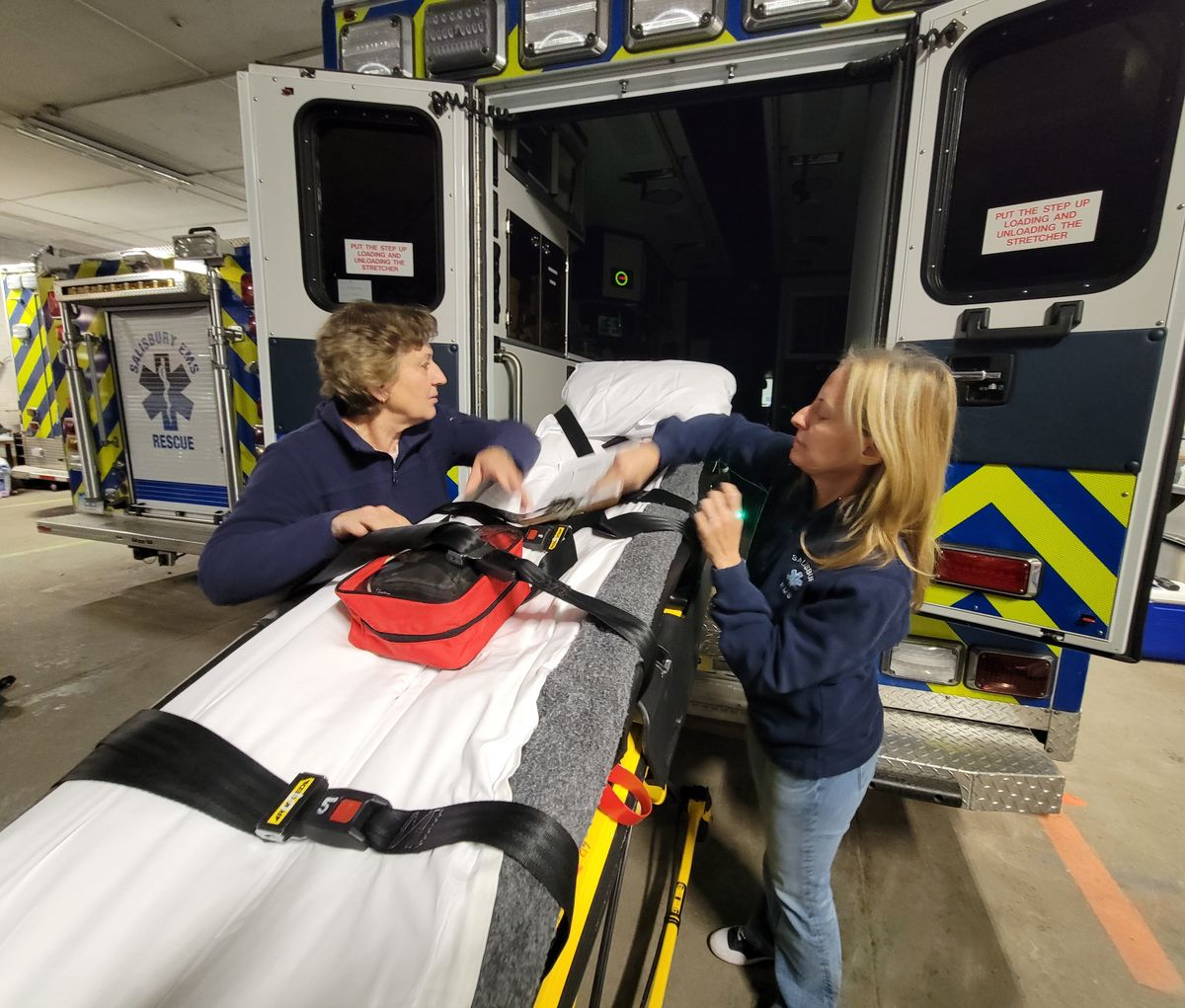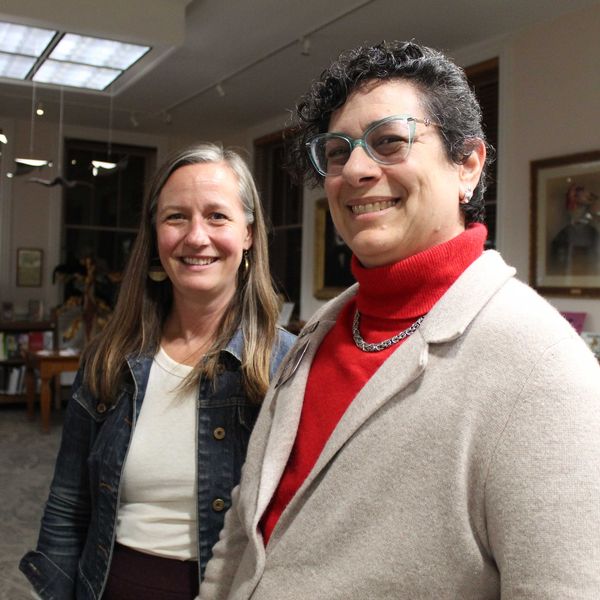Salisbury Volunteer Ambulance Service urges residents: ‘help us help you’

Jacquie Rice, left, squad officer for the nonprofit Salisbury Volunteer Ambulance Service, and Barrie Prinz, president of the Board of Trustees and volunteer squad member, prepare for an ambulance call.
Debra A. Aleksinas



 Nuvance/Northwell employees host a Jan. 5 meeting on emergency service providers. From left: Matt Cassavechia, Sharon Hospital director of emergency services; Christina McCulloch, Sharon Hospital president and CEO; Thomas Horkan, Sharon Hospital EMS coordinator; and Dr. Ron Santos, Sharon Hospital emergency room director.By Ruth Epstein
Nuvance/Northwell employees host a Jan. 5 meeting on emergency service providers. From left: Matt Cassavechia, Sharon Hospital director of emergency services; Christina McCulloch, Sharon Hospital president and CEO; Thomas Horkan, Sharon Hospital EMS coordinator; and Dr. Ron Santos, Sharon Hospital emergency room director.By Ruth Epstein 






